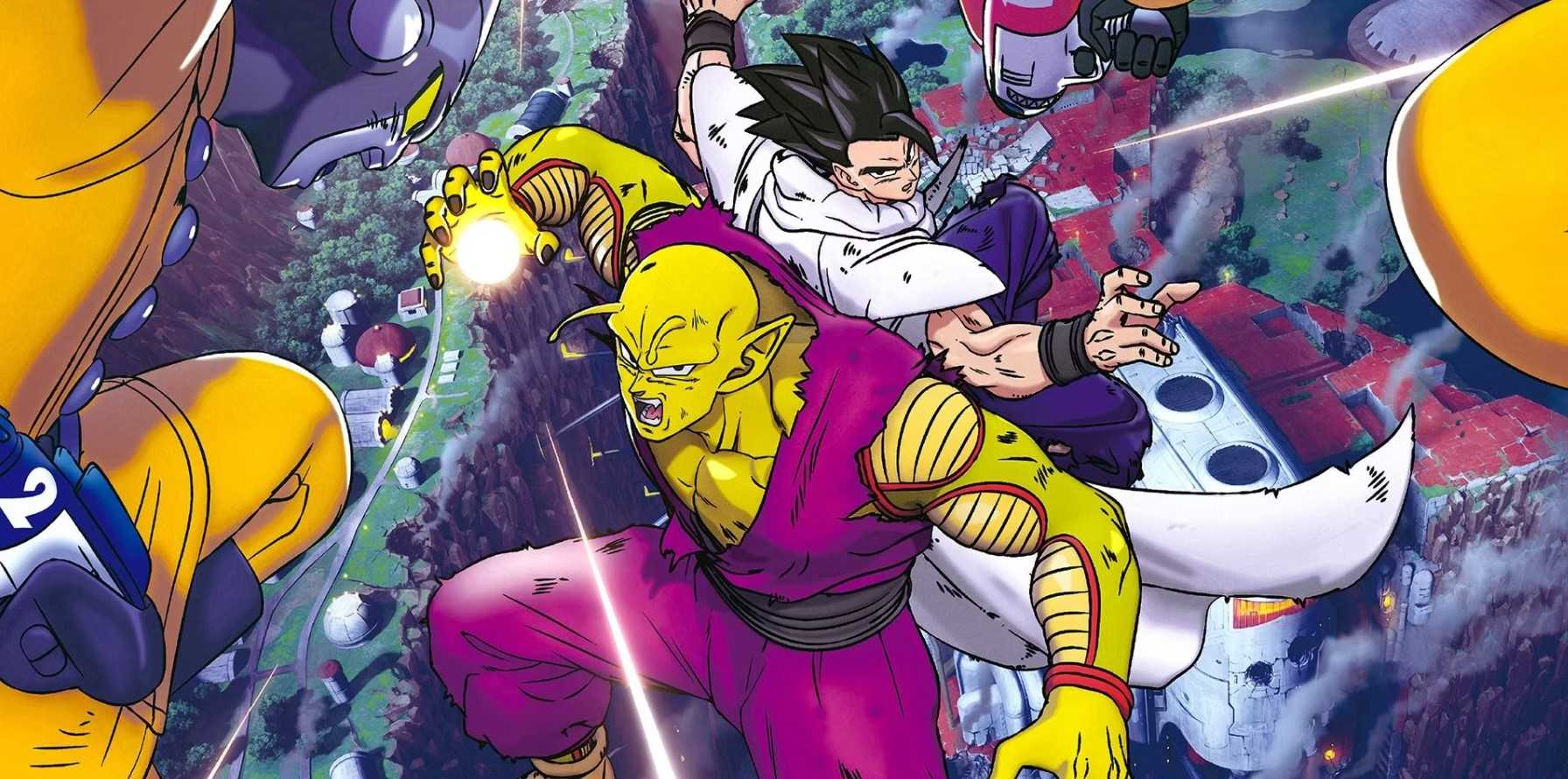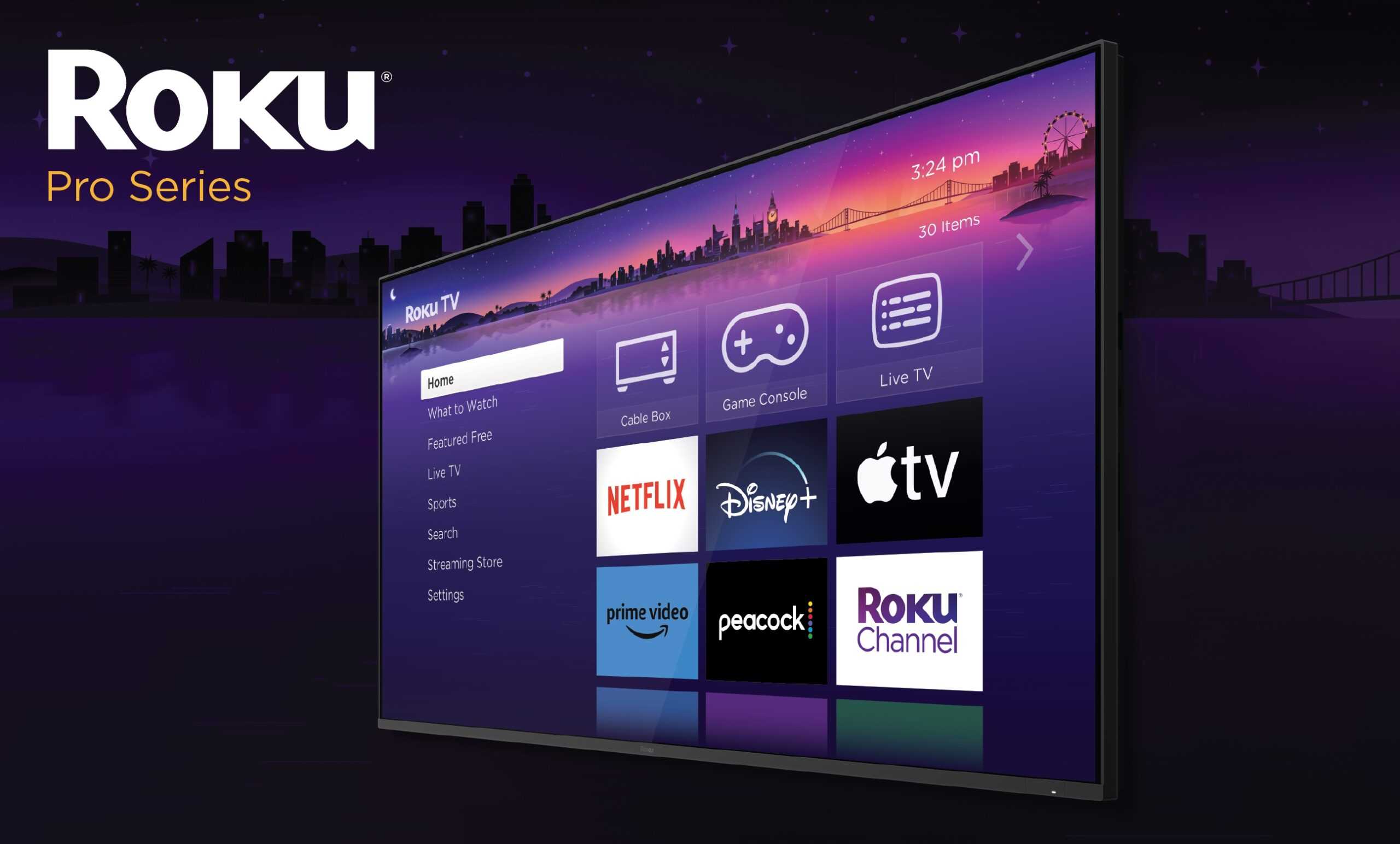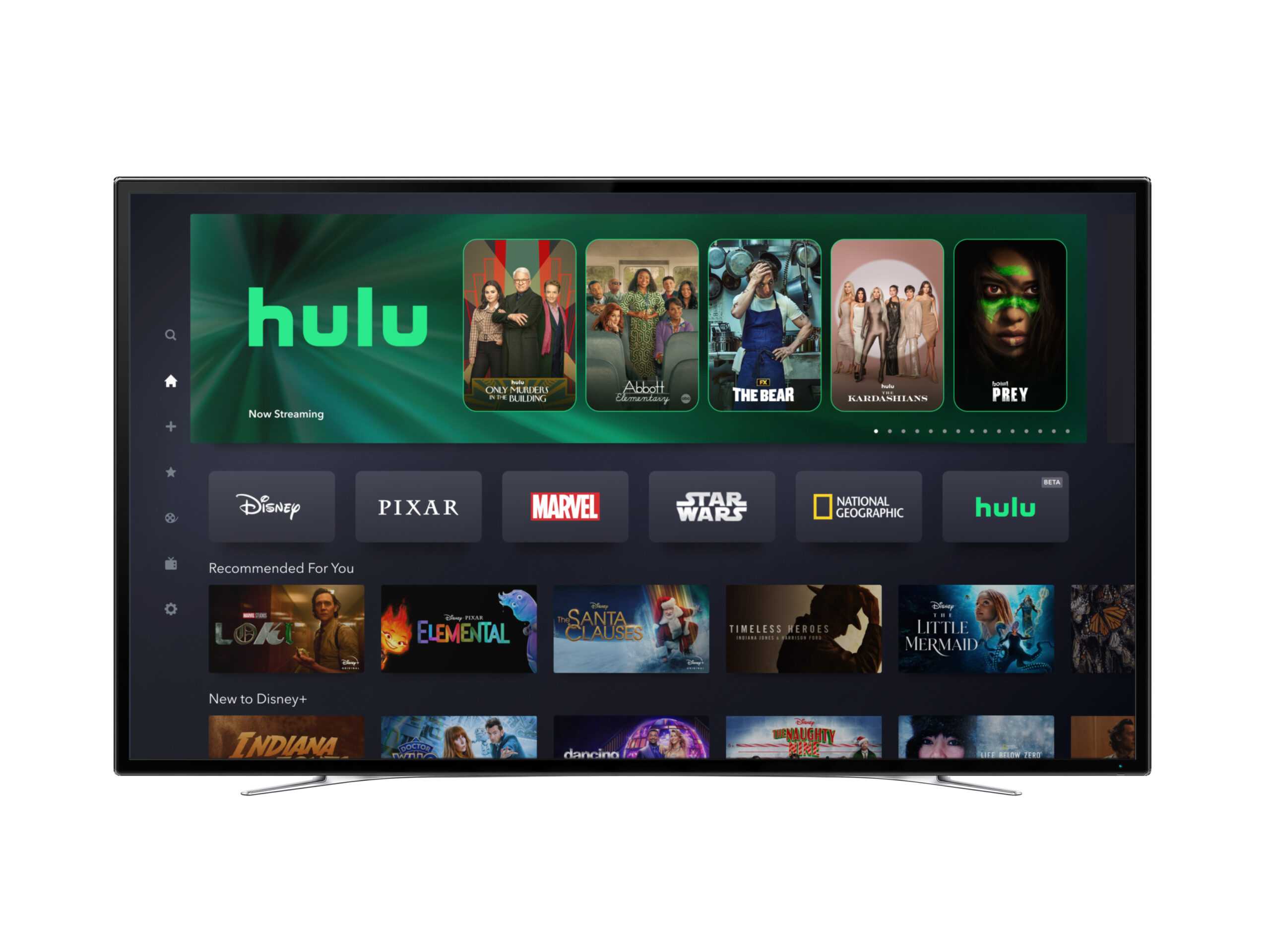In day-to-day client interactions, Interpret hears anime referred to alternatingly as both “niche” and “mainstream.” While anime is already decidedly mainstream in many (but not all) Asian markets such as Japan and China, this apparent contradiction in terms underscores the liminal state of anime in many global markets.
In 2021, Interpret’s data showed modest-to-large gains in most markets around the world, building on the spike in growth in 2020. In Brazil, anime saw category-leading year-over-year growth – growth that now puts anime on the cusp of crossing over from being a rapidly growing niche to becoming one of the most widely viewed entertainment genres in LATAM’s largest market.
In terms of prioritization for anime marketing, Brazil has benefited from being home to the world’s largest Japanese population outside of Japan. The country may only recently have become a market of prioritized interest by the anime industry, with many international anime streaming services announcing major expansions and initiatives to promote anime there in recent years. But as the University of São Paulo’s Cinicius Marino Caravalho puts it, “Part of the reason anime became a cultural sensation [in Brazil] in such a short span of time is because the ground had already been prepared by nearly a century of soft power. Brazil, after all, has the largest Japanese diaspora in the world. Over two million of its residents have Japanese descent.” Anime in Brazil benefits from a solid foundation that elevates it above a fad interest.
The tremendous growth anime has seen in recent years is exciting and helps the medium to feel far more mainstream, but it may also obfuscate the potential that remains. In the near-term, anime viewership is likely to grow at a more modest pace, or even contract a bit after the massive spike in viewership seen during the pandemic. And, any entertainment medium is beholden to the vagaries of when the next big “hit” comes along. But in the case of Brazil, there is relative scarcity of domestic animation production, relative to the US or Europe. This has made Brazil a friendlier and less-crowded space, receptive to the importation of high-quality and affordable anime licenses.
And, as the successes of anime movie releases such as Dragon Ball Super: Super Hero underscore, anime’s fandom has staying power and depth in a way it didn’t in the anime “bust” of around 2008.
But what do you think? In your market, has anime finally crossed into the mainstream? If you’d like to find out, please reach out to learn more about Animeasure—Interpret’s syndicated anime consumer insights reports.
Ready to level up your career? Check out Interpret’s Careers page for current openings and join our squad of Fun Scientists!







